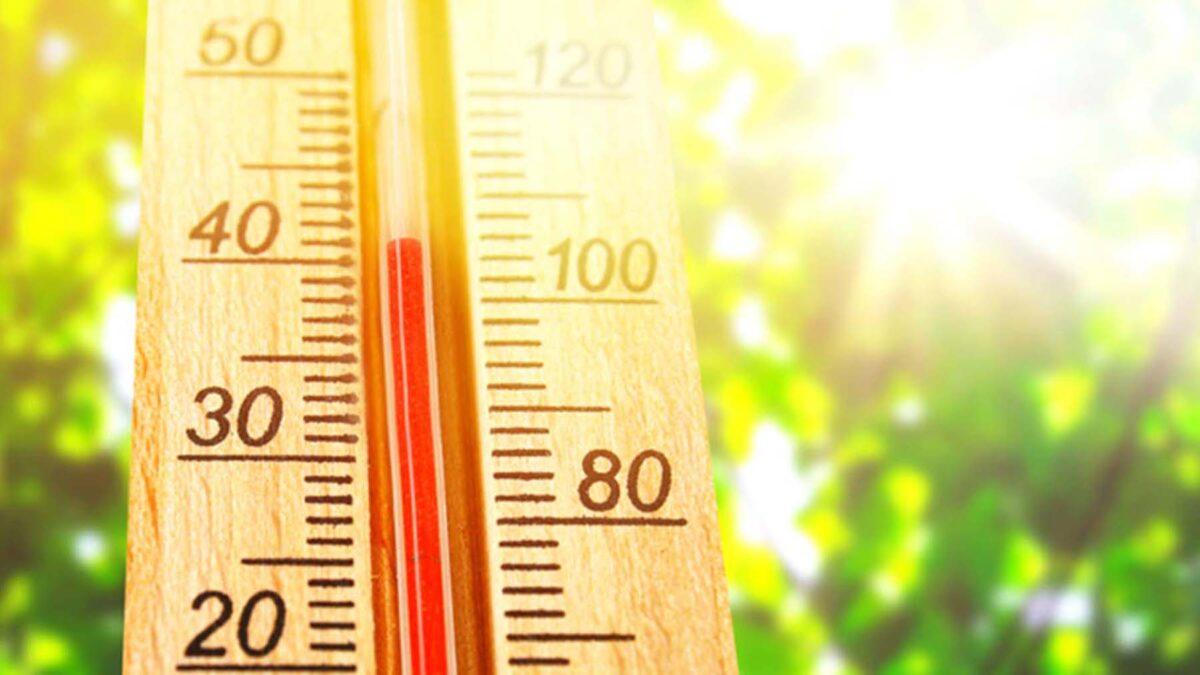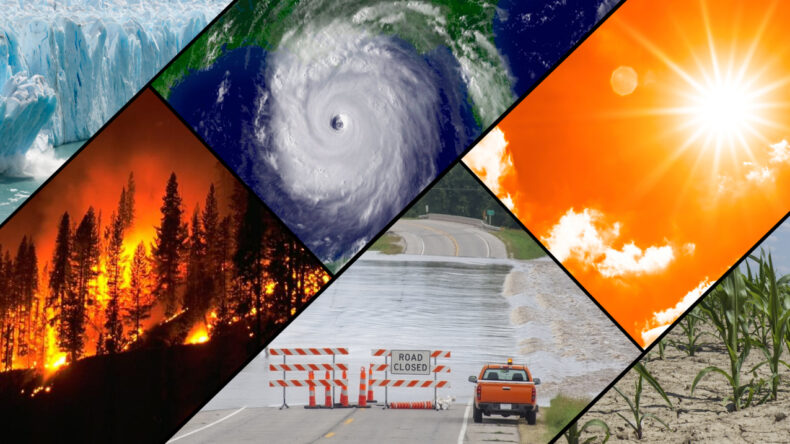Temperature measurement, an uncommon topic in the headlines, has gained attention recently due to misleading claims by influencers.

With global temperatures on the rise, the undeniable reality of the climate crisis is becoming increasingly apparent. However, in the age of information, doubts and misinformation find their way into the discourse. Recently, some individuals have raised questions about the accuracy of temperature measurements, sparking a debate that challenges established scientific methods.
In a tweet that garnered millions of views, influencer Robin Monotti suggested that media outlets were misinterpreting data from the European Space Agency (ESA), specifically confusing air temperature with ground temperature, which tends to be higher. GB News presenter Neil Oliver joined this chorus, asserting that air temperatures in Europe were not as elevated as reported, and the higher figures being cited were related to ground temperatures, making them incomparable to standard measurements.
Meteorologists typically employ the international standard practice of measuring shade temperature within a specialized enclosure known as a Stevenson screen, positioned at a height of 2 meters to minimize ground-related influences. The Met Office, for instance, prescribes a minimum height of 1.25 meters. According to Dr. Karsten Haustein, a climate scientist at Leipzig University, any differences between ground and air temperature measurements would be minimal, if not negligible.
Despite some news outlets briefly sharing ESA satellite maps displaying ground temperatures, the BBC swiftly debunked Oliver’s argument, affirming that its weather reports are based on air temperatures meticulously measured by meteorologists in accordance with international standards.
Another emerging argument revolves around the credibility of certain instruments, with claims that some do not meet World Meteorological Organization (WMO) standards or are malfunctioning. One blogger contested a record-breaking temperature measurement reading in Sardinia, alleging that the instrument used was “poorly sited and maintained.” However, Sardinia’s Regional Agrometeorological Service conducted an investigation and confirmed adherence to WMO standards.
Critics have also targeted weather maps themselves, alleging that the colors used have been manipulated to exaggerate alarmism. Terms like “psychedelic colored psyops” have been coined to describe these maps, insinuating that they aim to manipulate public perception. While it is true that the UK’s Met Office adjusted the color scheme of its temperature maps to enhance accessibility for color-blind individuals and improve general interpretation, some have juxtaposed maps from different European sources to suggest that new, alarming color schemes have been introduced.
Robin Monotti, in response to inquiries, reiterated concerns about one of Sardinia’s weather stations not meeting WMO standards for temperature measurement. He also pointed to external factors such as the eruption of the Hunga Tonga-Hunga Ha’apai underwater volcano in January 2022, the Schwabe solar cycle of 11 years, and the Eddy solar cycle of 1,000 years as significant contributors to current warming. Monotti asserted that carbon dioxide (CO2) has negligible effects on climate compared to water vapor, which constitutes 95% of all greenhouse gases. He further argued that cloud cover acts as Earth’s self-regulating climate valve.
It is important to note that these statements contradict reports published by the Intergovernmental Panel on Climate Change (IPCC), comprised of leading climate scientists from around the world.
Bob Ward, from the London School of Economics’ Grantham Institute on Climate, acknowledged the emergence of this form of climate crisis denial during Europe’s summer heatwave. He pointed out that such denial tactics mislead the public regarding the real dangers posed by extreme heat, both directly and through an increased risk of wildfires. He described it as part of a broader agenda followed by climate change deniers, prioritizing their political objectives over public interest.
Ward clarified that the European Space Agency’s satellite data regarding land surface temperatures were separate from the standard air temperature measurements recorded by meteorological agencies, which are taken 2 meters above the land surface. Land surface temperatures typically register higher than air temperatures. When confusion arose regarding these distinct measurements, the ESA issued a clarifying statement to address the issue.
In conclusion, while debates over temperature measurements persist, established scientific practices and international standards provide a solid foundation for assessing the impact of the climate crisis. It is essential to rely on credible sources and rigorous methodologies to accurately understand and address the pressing challenges of our changing climate.













